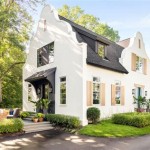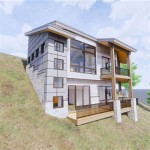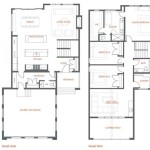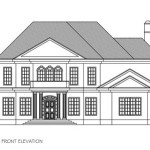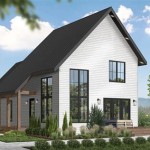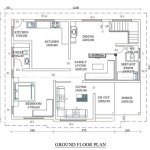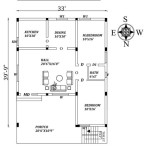Crafting the Perfect Cubby House Plan: Essential Aspects to Consider
A cubby house plan serves as the blueprint for your child's imaginary adventures, fostering creativity and providing a sanctuary for their playtime. To design a captivating and safe cubby house, several crucial aspects demand attention.
1. Ideal Location and Size
Choosing the perfect location for the cubby house is paramount. Consider a sheltered spot with shade, drainage, and easy accessibility. The size should accommodate your child's needs and allow for comfortable movement and play.
2. Structural Integrity and Materials
The cubby house's structural integrity ensures the safety of its young inhabitants. Select durable materials like weather-resistant timber or treated wood. Ensure the frame is sturdy, with proper support beams and cross-bracing.
3. Ventilation and Lighting
Adequate ventilation prevents moisture buildup and ensures a healthy play environment. Incorporate windows, vents, or a skylight to encourage airflow. Provide natural light or consider installing lighting fixtures for evening play.
4. Safe Access and Exit
Design safe and accessible entry and exit points. Install a stable ladder or steps with handrails for climbing. Consider a secondary exit for emergency situations.
5. Windows and Doors
Windows offer ventilation and a view to the outside world. Ensure they are shatterproof and securely fastened. Doors should open and close smoothly, with latches or locks for safety.
6. Theming and Accessories
Personalize the cubby house with a captivating theme or design. Add features like a chalkboard, toy storage, or a slide for enhanced play value. Consider including dollhouses, kitchens, or other age-appropriate accessories.
7. Surrounding Landscape
The surrounding landscape can complement the cubby house experience. Create a play area with soft flooring, add plants for shade and aesthetics, or build a water feature for sensory enrichment.
8. Safety Considerations
Safety should always be the top priority. Inspect the cubby house regularly for loose fittings or potential hazards. Ensure the play area is free of trip hazards and supervise children during playtime.
9. Maintenance and Weatherproofing
Regular maintenance is crucial to prolong the life of the cubby house. Seal the structure against weather elements, apply protective coatings, and periodically inspect for repairs.
10. Consult a Professional
If you lack the necessary skills or experience, consider consulting with an architect or builder. They can provide expert guidance on design, materials, and safety regulations.
Remember, a well-planned and executed cubby house plan will provide years of cherished memories for your child. Embrace creativity, prioritize safety, and let their imaginations soar within the confines of their own miniature haven.
Country Cottage Cubby House Kitwood Group Pty Ltd

Alpine Lodge Cubby House Kitwood Group Pty Ltd

How To Build The Perfect Cubby House Make A

Top 10 Cubby House Plans In Roof Shingles For N Homes

Queenslander Cubby House Outdoor Playhouse Kitwood Group Pty Ltd

Cubby House Cubbies Plans

Queenslander Cubby House Outdoor Playhouse Kitwood Group Pty Ltd

Country Cottage Cubby House Plans

Custom Medium Fort Kids Cubby House All Things For

Flat Pack Cubby House Wills Cubbies And Cabins


